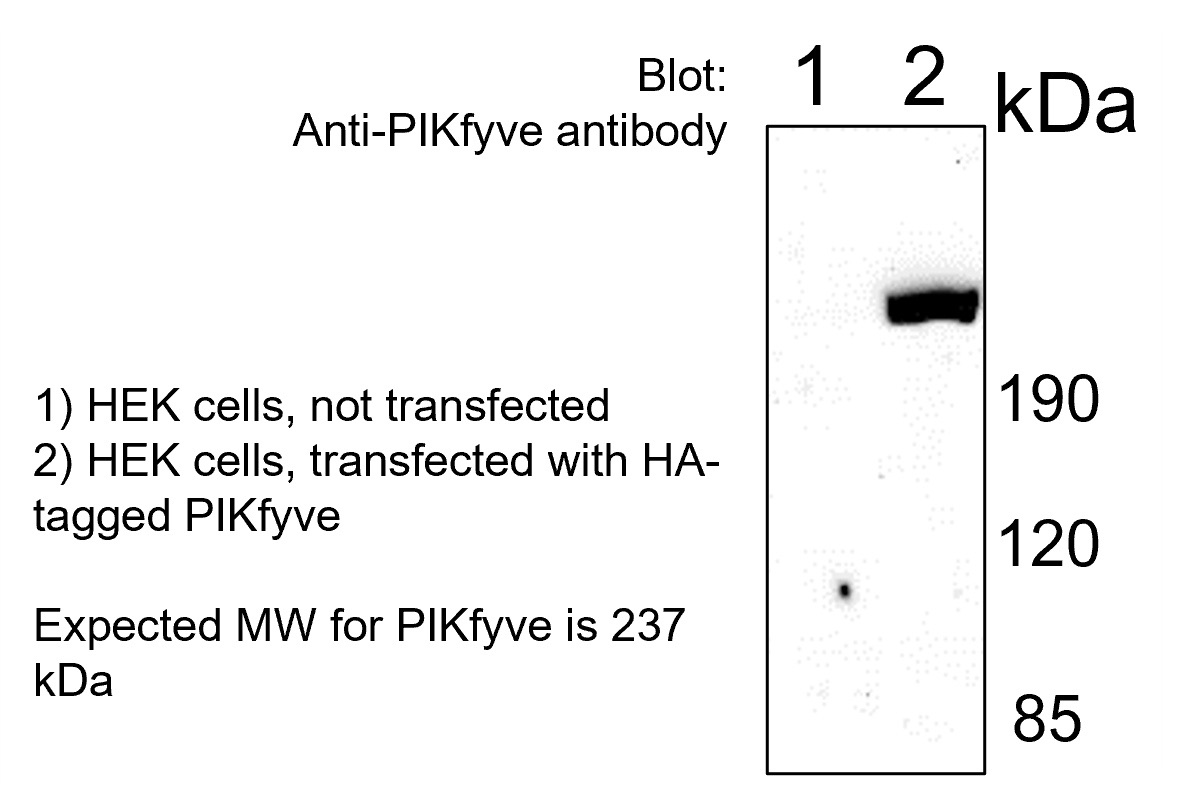PI(3,5)P2 diC16 9Phosphatidylinositol 3,5-bisphosphate diC16) is a synthetic, purified dipalmitoyl PI(3,5)P2.
Phosphoinositides (PIPns) are minor components of cellular membranes but are integral signaling molecules for cellular communication. Phosphatidylinositol 3,5-bisphosphate is in very low abundance and is required for retrograde membrane trafficking from lysosomal and late endosomal compartments to the Golgi and is involved in autophagy. PI(3,5)P2 levels are controlled by the 5-kinase PIKfyve and the 5-phosphatase Fig4/Sac3 and disregulation is linked to several human neuropathies (eg Chacot-Marie-Tooth disease).
Product Keywords: Dipalmitoyl Phosphatidylinositol 3,5-bisphosphate, PtdIns(3,5)P2 (16:0/16:0), PI(3,5)P2 C16
Bulk discounts available, please email echelon@echelon-inc.com for information.
Publications
1. Ikonomov, O. C., D. Sbrissa, et al. (2002). “Functional dissection of lipid and protein kinase signals of PIKfyve reveals the role of PtdIns 3,5-P2 production for endomembrane integrity.” J Biol Chem 277(11): 9206-11.
2. Merlot, S., R. Meili, et al. (2003). “A PTEN-related 5-phosphatidylinositol phosphatase localized in the Golgi.” J Biol Chem 278(41): 39866-73.
3. Wollert, T., et al. (2009). “Membrane scission by the ESCRT-III complex.” Nature 458(7235): 172-177.
4. Ivarsson, Y., et al. (2013). “Prevalence, Specificity and Determinants of Lipid-Interacting PDZ Domains from an In-Cell Screen and In Vitro Binding Experiments.” PLoS ONE 8(2): e54581.
5. Narayanan, P., et al. (2018). “Myotubularin related protein-2 and its phospholipid substrate PIP2 control Piezo2-mediated mechanotransduction in peripheral sensory neurons.” eLife 7: e32346.





